In today's digital age, knowing how to track a device's location can be incredibly useful. Whether for personal safety or security purposes, understanding the process can provide valuable insights. This guide will walk you through the steps needed to find the exact location of a phone or computer using a few simple techniques.
Where have I been? 📍
Before diving into the technical details, it's important to acknowledge that there has been a gap in content. This absence was due to various projects that involved the release of new hacking hardware and the launch of a comprehensive hacking masterclass. Engaging with the community on platforms like Discord has also been a priority.

Thanks to Linode :) ☁️
One of the key tools that can aid in tracking devices is Linode, a powerful cloud provider. They offer a generous $100 free credit for new users, allowing you to create cloud machines that are always online and connected. This capability can be leveraged for various purposes, including hosting applications or running services that assist in tracking.
Previously, Linode has been utilized for setting up VPNs and performing tasks that require high computational power, such as cracking WPA passwords. For anyone interested in cloud computing, Linode offers an excellent starting point.
Try Linode for Free | Linode YouTube Influencers | Akamai 
Creating HTML page. 🖥️
The first step in tracking is to create an HTML page that will serve as the interface for the target. This page can be designed to display something interesting to the user, such as a meme or a normal website. The goal is to get the target to click on a link that leads to this page.
To create the HTML page, start by saving a copy of any website or an interesting meme that you want to share with the target. This can be done by right-clicking the page and selecting "Save Page As," ensuring you save it as a complete webpage.
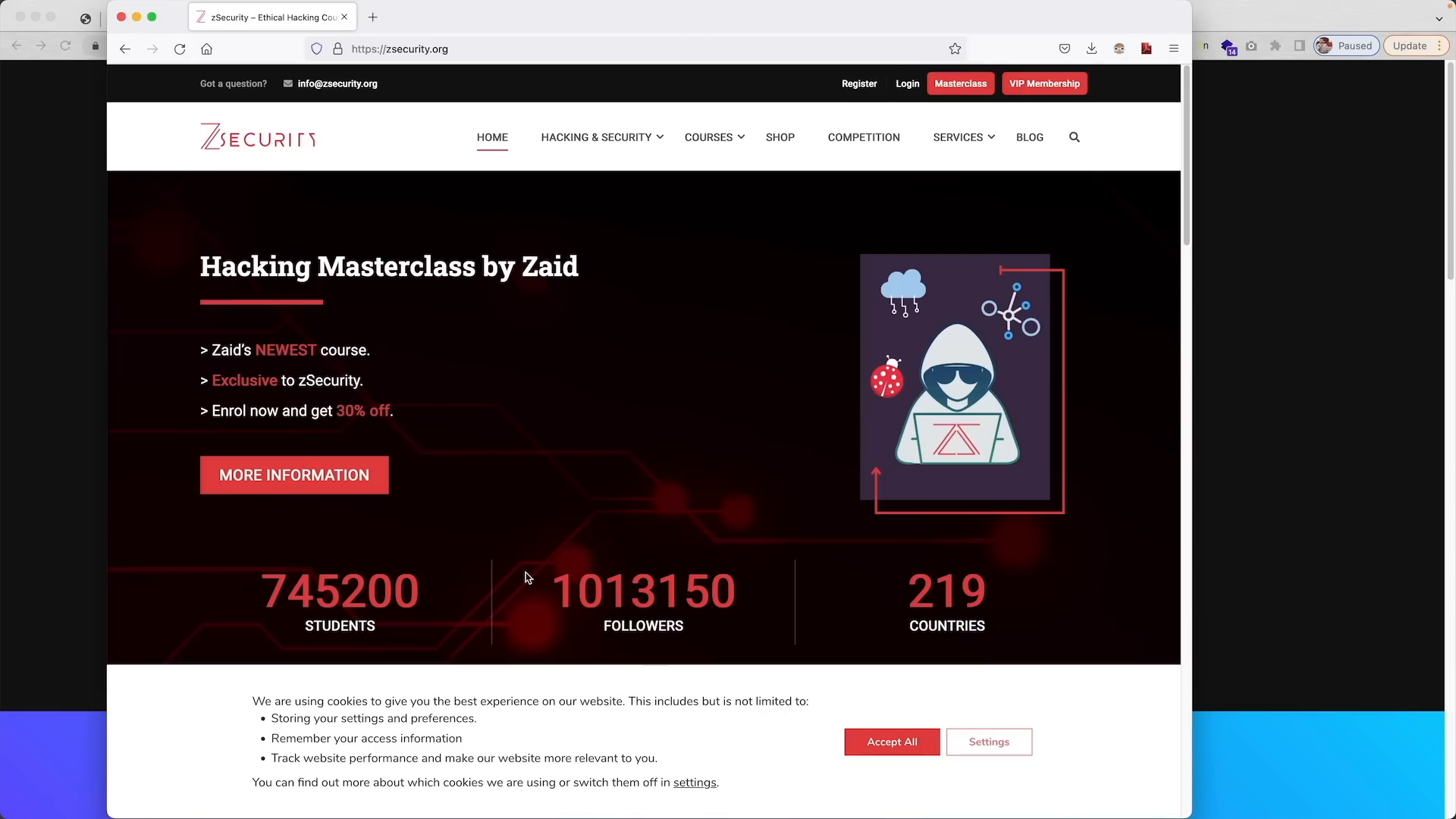
Once saved, you can open the HTML file in a text editor and modify it as needed. For example, if you want to send a meme, you can embed it directly into the HTML file. Make sure to save it with an ".html" extension so it can be opened in a web browser.
Adding tracking code. 📡
The next crucial step is to add tracking code to your HTML page. This code will enable the page to request the target's GPS location. The best way to do this is by utilizing JavaScript, which can access the device's geolocation features.
To find the right code, a quick search for "track location JavaScript" can yield helpful snippets. Websites like W3Schools provide examples of how to implement this feature. The important part of the code requests permission to access the device's GPS coordinates.
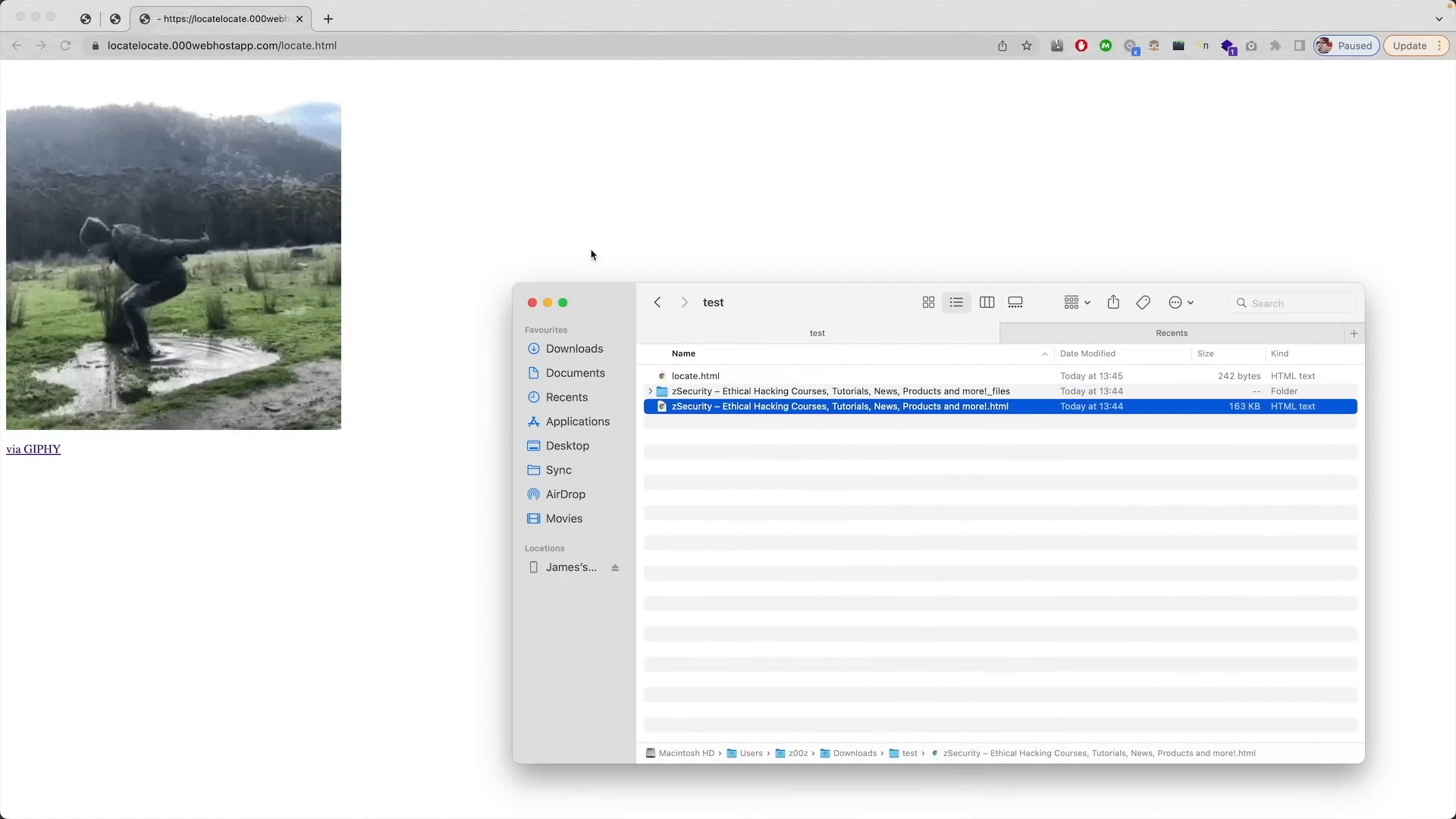
Storing GPS location. 🗺️
After adding the tracking code, the next step is to ensure that the GPS location is stored somewhere accessible. This typically involves sending the coordinates to a separate PHP file on your server, which will handle the data storage.
To do this, the code in your HTML page must be modified to send a GET request to a new file, such as "store.php." This file will be responsible for capturing the latitude and longitude values and saving them to a text file.
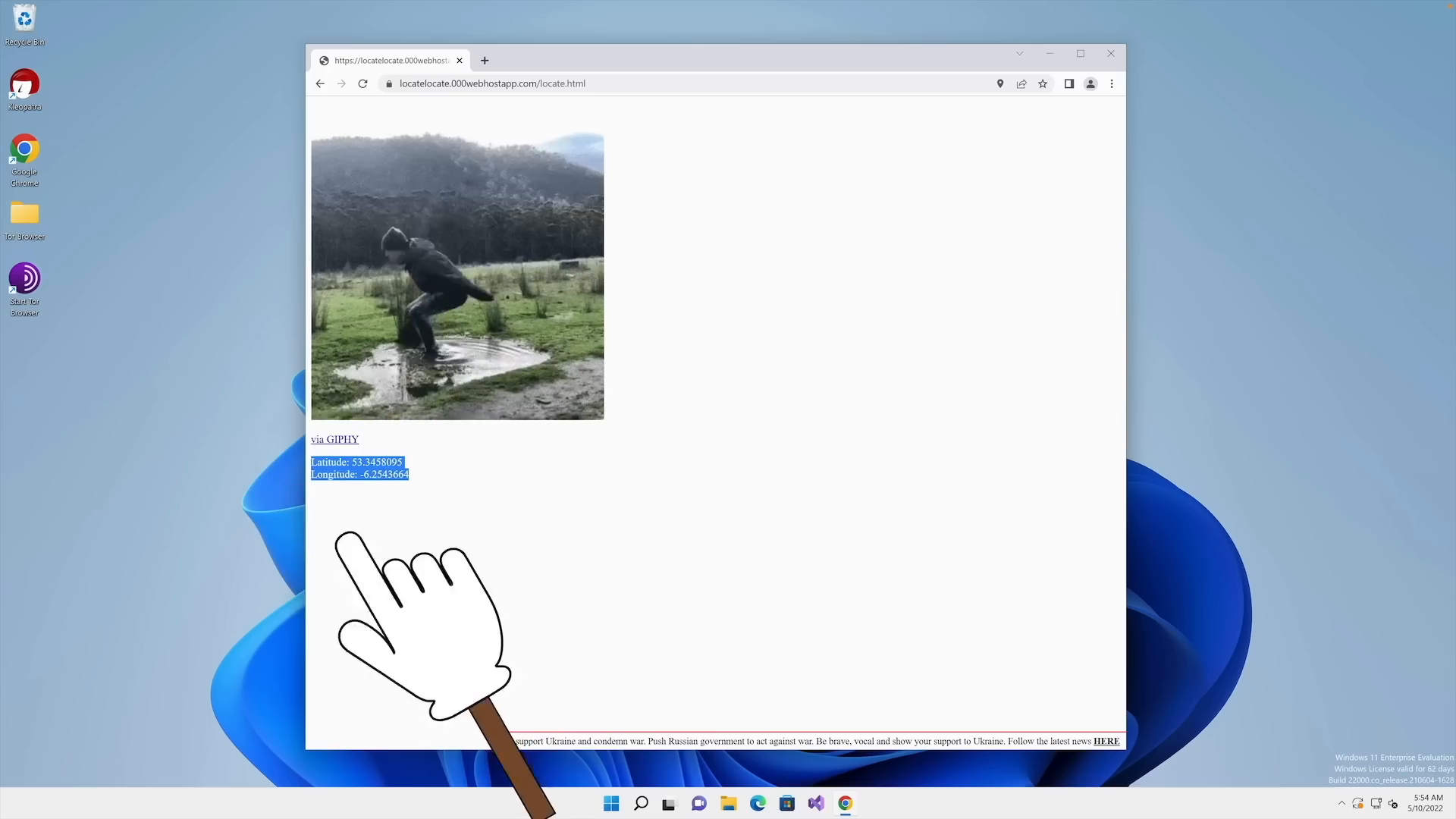
Plotting GPS coordinates on map. 🗺️
Once you have the latitude and longitude of the target, you can convert these coordinates into a physical location on a map. This can be done using various online mapping services where you simply input the coordinates to get the exact location.
This process is straightforward and can be done by searching for "GPS coordinates" and entering the values you captured. The mapping service will then provide you with the precise location, making it easier to identify where the target is situated.
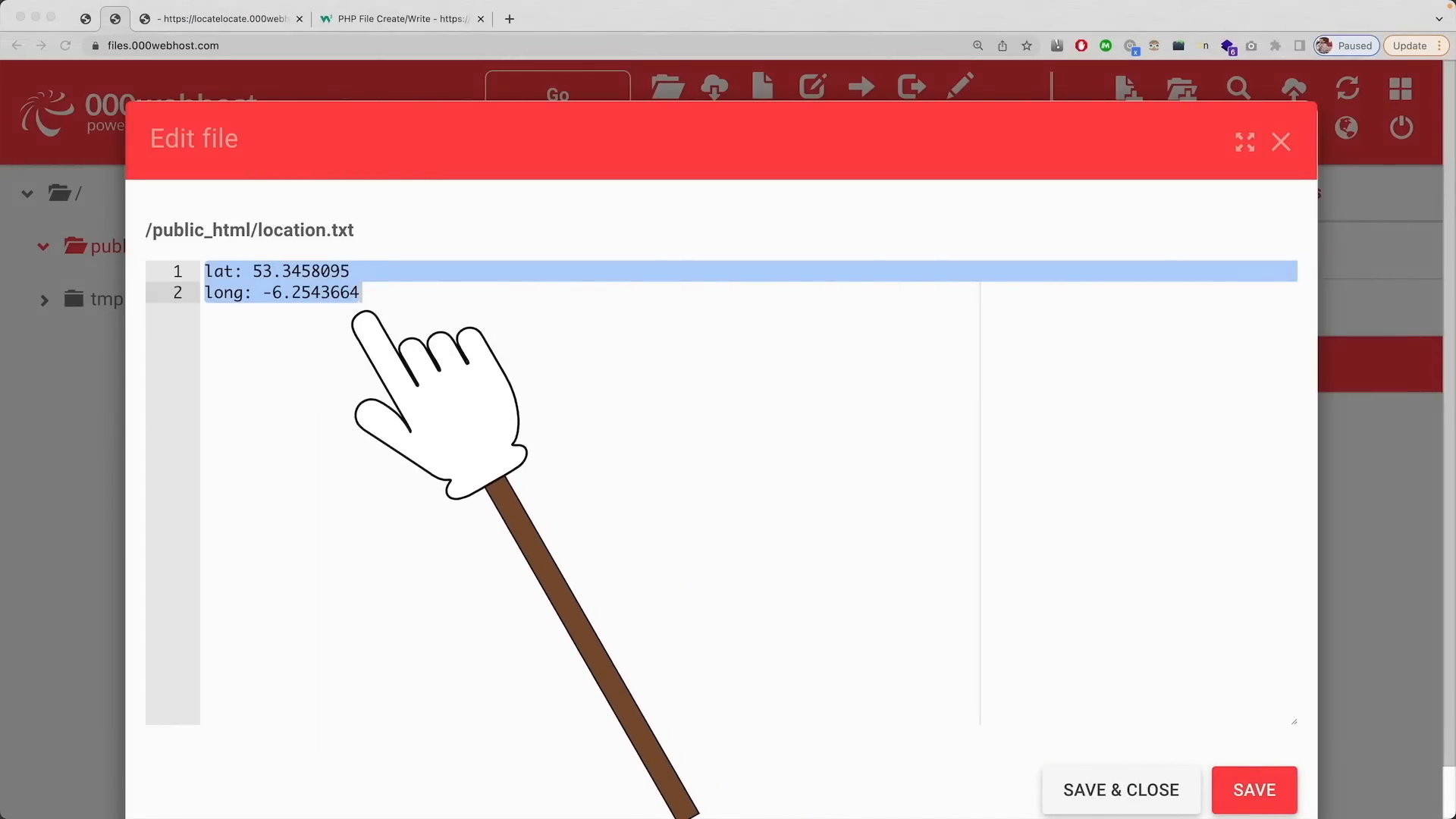
Finding the target's IP. 🌐
If the target denies permission to share their GPS coordinates, you can still retrieve their IP address. This can be accomplished by adding additional code to your PHP file to capture the user's IP address when they load your HTML page.
There are several resources available that explain how to get the user's IP address using PHP. The key is to utilize the server's remote address, which contains the information you need. By capturing this information, you can still approximate the target's location based on their IP address.
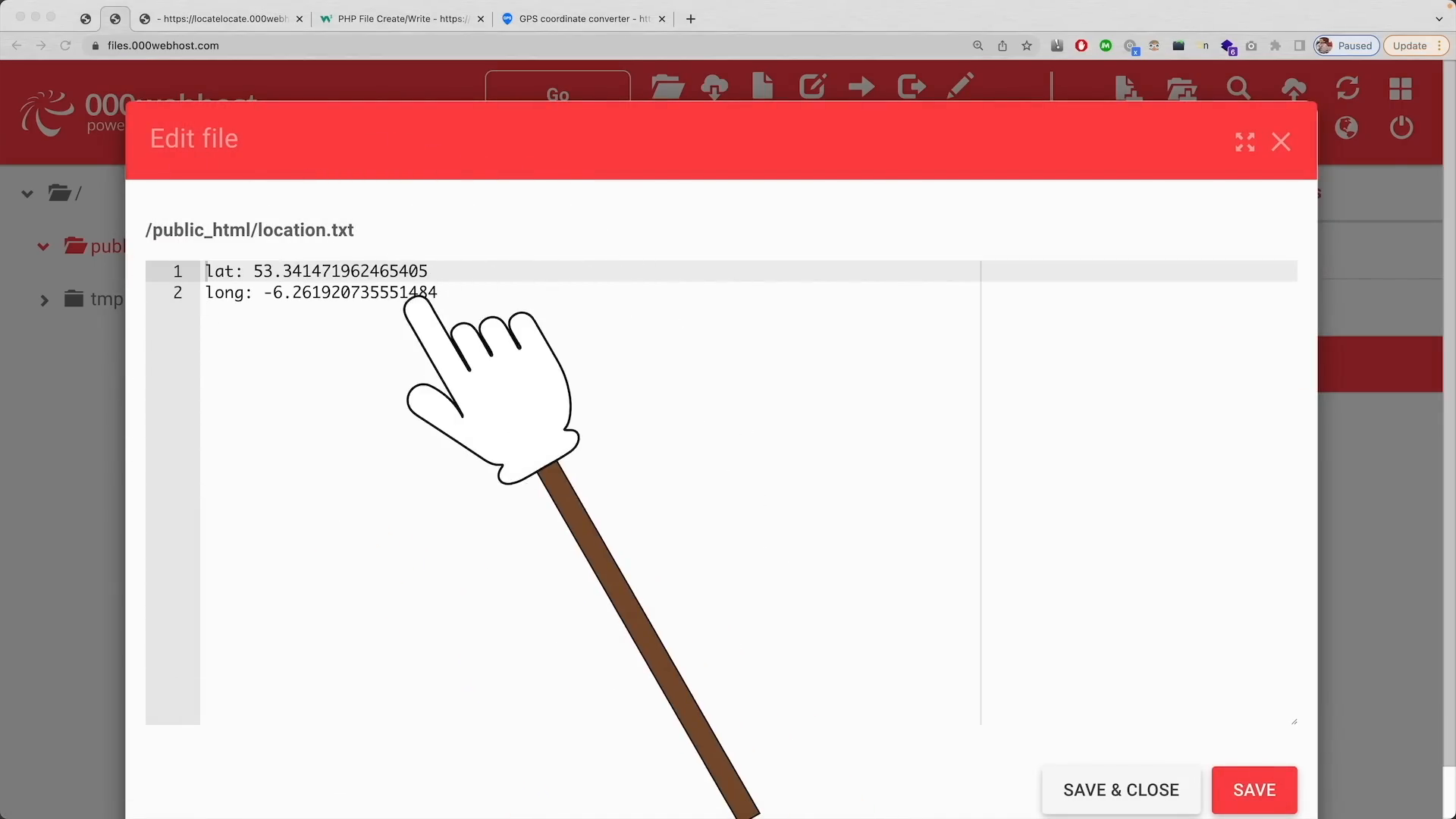
Finding the target's OS. 💻
Finally, if you want to gather more information about the target, you can retrieve their operating system details using the user agent string sent by their browser. This string contains valuable information about the OS and browser being used.
To capture this data, you need to modify your HTML page to include JavaScript that retrieves the user agent. This information can then be sent along with the GPS coordinates to your PHP storage file, allowing you to collect comprehensive data about the target's device.
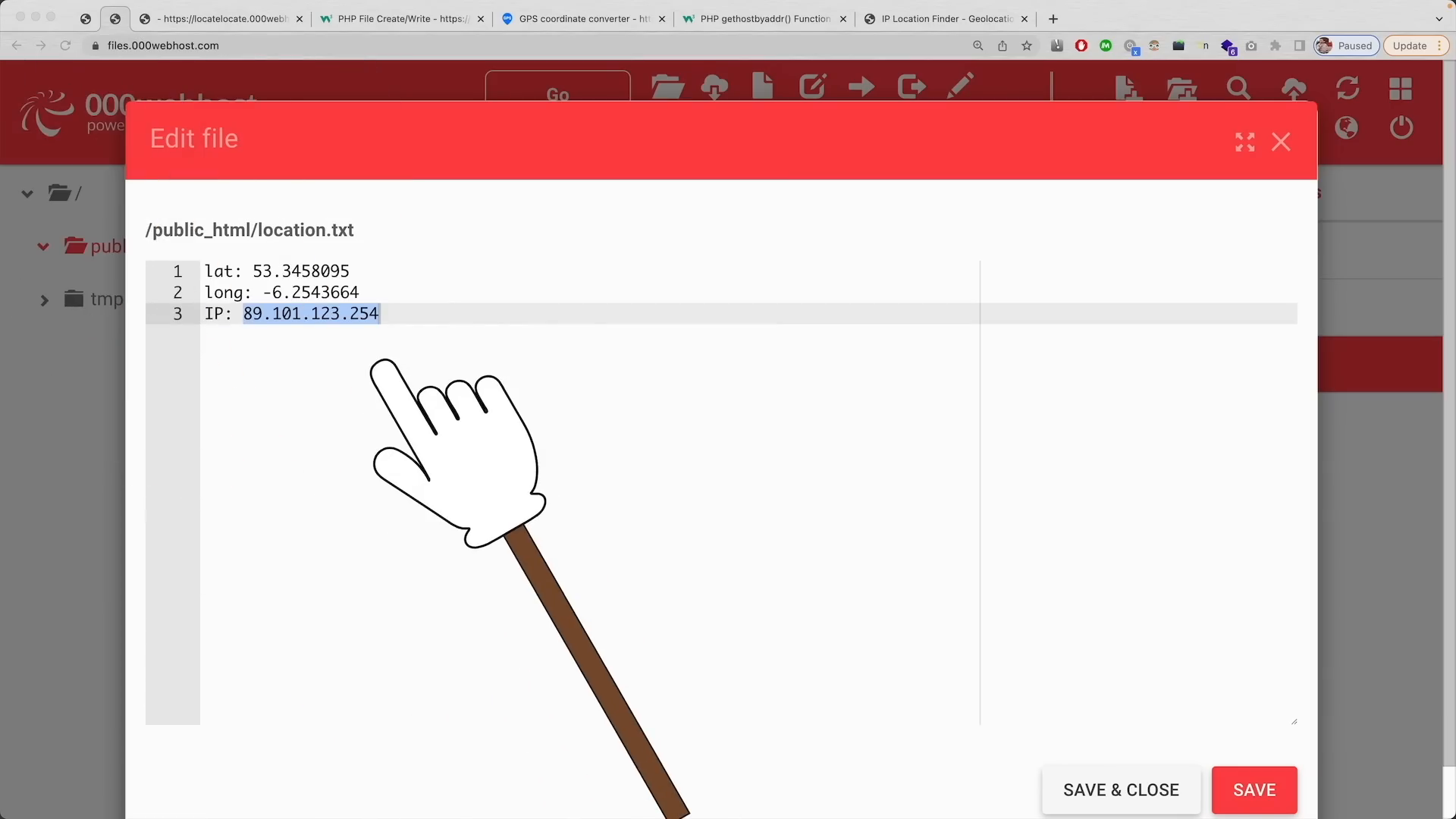
Conclusion 🎉
With the steps outlined above, you now have the knowledge to track a phone or computer's location through a simple HTML page. While this guide provides a basic overview, there are numerous resources available for those who wish to dive deeper into ethical hacking and cybersecurity.
For those interested in furthering their skills, consider exploring the extensive courses available on our WhatsApp Channel. With a commitment to continuous learning and support, you can enhance your understanding of cybersecurity and ethical hacking.
Remember always to use your skills responsibly and ethically. Happy hacking!




